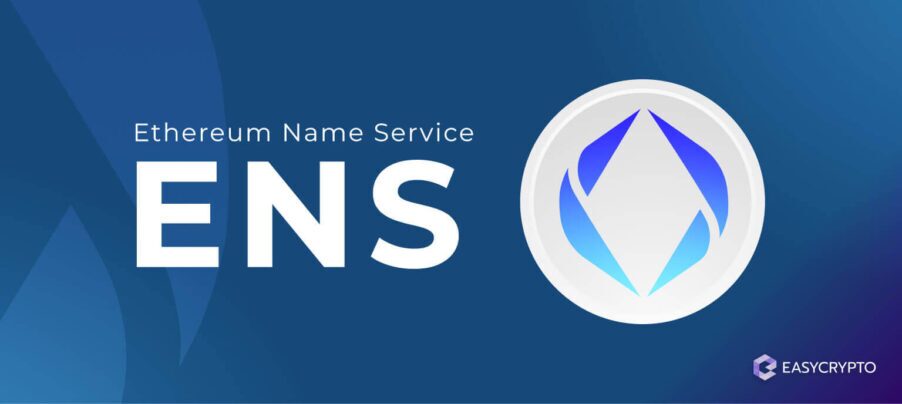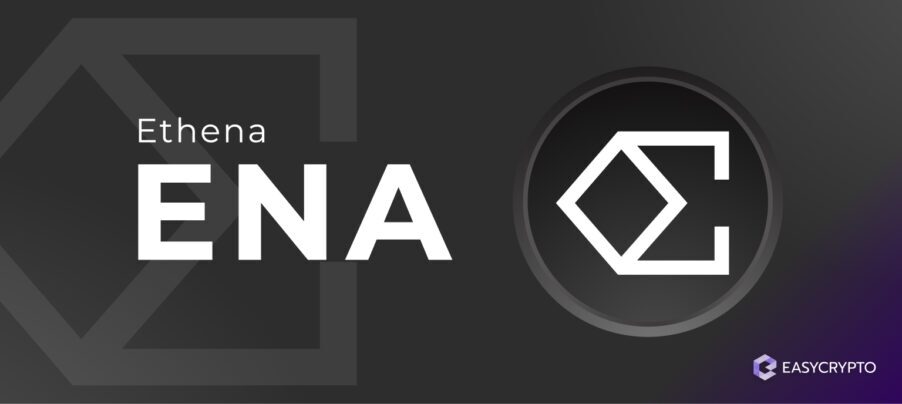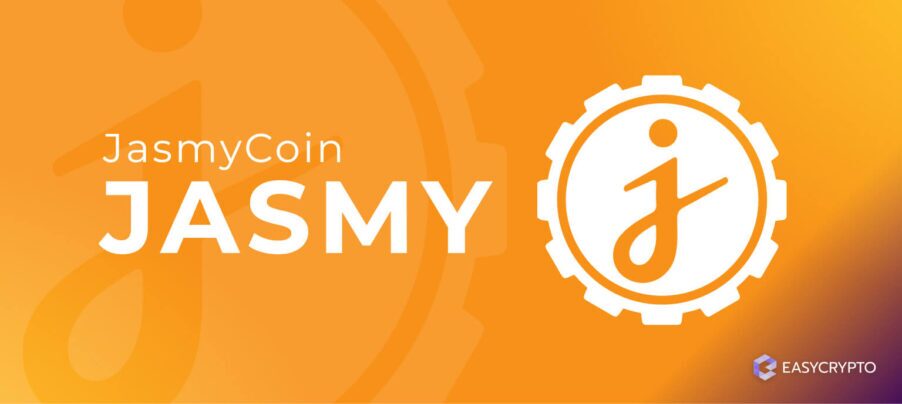What is Arweave (AR)? The Decentralised File Storage Network
We take a look at what Arweave has to offer, and how the inner workings of the file storage network.


Arweave (AR) offers what big data corporations like Google and Amazon do, but at a fraction of the cost, and — most importantly — in a decentralised way. Arweave protocol brings together ordinary people who have extra memory space with those who need to store them.
Using the AR cryptocurrency, the protocol rewards ‘miners’ who duplicate, store, and make data accessible for the world. In addition, community governance of the protocol, led by the miners, works to discourage illicit content from being stored and distributed.
Interested in learning more about Arweave? Continue reading as we get to know more about this decentralised file storage network.
What is Arweave (AR)?
Arweave, as a decentralised file storage network, can be said to be a Web3 alternative to the Google Cloud or Amazon’s AWS infrastructure, to name a few. The network’s goal is to store clients’ data efficiently, and to make sure that the data stays accessible permanently.

There are many reasons why it could be very expensive to store data with centralised cloud providers. Big data corporations have to invest in very sophisticated data centres.
To remain profitable, they would only build these data centres on certain locations, and would build them big. In their case, the economy of scale is their upper hand.
Because of this, big data corporations thrive on large market shares and even a monopoly over some regions.
There’s plenty of space in the world
The basic principle of Arweave, on the other, is to be efficient at allocating excess storage. In 2023, it’s no surprise that a desktop computer comes with at least 1 TB.
A few years earlier, this would have been jaw-dropping. The cost of data storage keeps falling every year, and most personal computer users won’t need terabytes (TB) of space.
If we combine the number of unused memory space on computers that are not in data centres, we can see that there’s plenty of memory space in the world. Average users may benefit from renting out unused space, and fortunately, that’s where Arweave comes in.
The Arweave protocol allows computers of any calibre to “mine blocks” on the network. When we say “mining”, don’t think of Bitcoin mining.
Instead, think of it as a way for these space-rich computers to sync with the most updated state of the network, duplicate files that have been distributed, and to offer proof to the network that anyone can have access to these files in their custody.
This Proof of Access consensus protocol is what ensures that data remains available in perpetuity. Any computer that has participated in the Proof of Access protocol is rewarded in AR coins from the protocol’s treasury pool. We’ll go over how Arweave works in detail below.
How does Arwave (AR) work?
When a client wants to store data onto the network, they must pay in AR. However, unlike Arweave’s competitors like Filecoin, Storj, and Siacoin, clients of the Arweave protocol will pay a one-off fee in AR coins, which guarantees a conservative estimate of 200 years of file storage, at minimum.
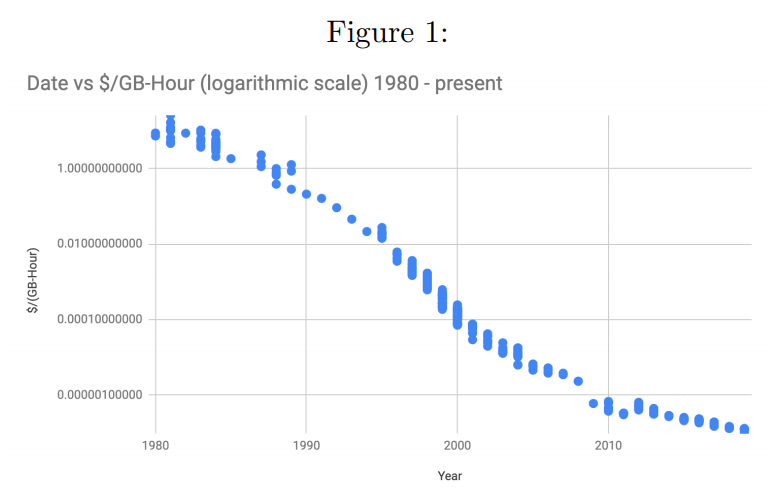
The cost of this one-off payment varies depending on a few factors. One of which is the current average price of hard disks, their current capacity, the current probability of hard disk failures, and a function of trend in the quantity of data to store. These factors are all taken into account mathematically (you can go over their website for details).
The one-off payment goes to some sort of pool, like a decentralised treasury system, which pays out to data keepers (miners) for as long as they have Proof of Access (the ability for other computers to fetch data from the miners).
Given that the cost of storage decreases over time, the one-off payment would be more than enough to pay the miners, in addition to the payouts of new AR coins being issued until there is a total of 66 million AR coins.
Mining on the Arweave network
As we mentioned before, mining on Arweave isn’t exactly like mining on Bitcoin. The reason why it’s called “mining” is because data keepers (miners) still need to expend some computing resources to do some mathematical checks that the stored data has not been tampered with.
Each miner can choose which files they want to make a back-up of, given how much space they have left. But they also want to make sure that the files that they want to duplicate have not been tampered with. Otherwise, what’s the point of storing corrupted files?
To do this, they must check some sort of “file duplication receipts“, which are all written in different blocks (like in a blockchain).
Let’s say they want to duplicate an audio file of You’re Gonna Live Forever in Me by John Mayer. They must find two blocks that record the duplication of this song, and then check the block markers out of each block.
To create a new block (essentially a new file duplication receipt), they must apply a special maths operation to the block markers, such that the new block marker of the new block will point to its parents.
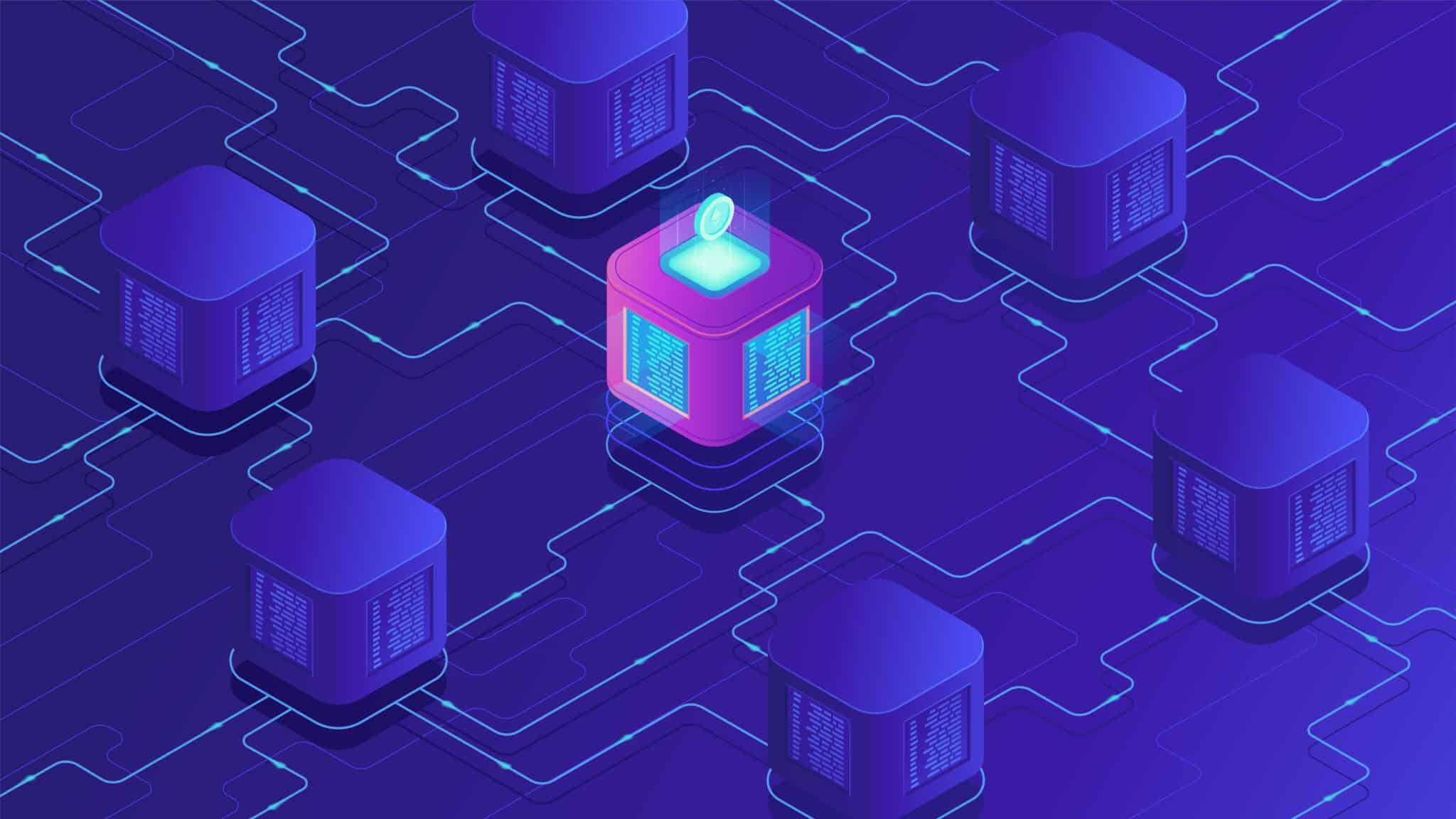
So, imagine what happens if the miner decided to take that song and modify John Mayer’s beautiful voice to make it rough and unpleasant. The file would change, and so will the block marker. The block marker then won’t point to its parents — it’s a block with no origin, in other words, a corrupted one.
Miners get paid by providing a Proof of Access to certain files. If a block contains a corrupted file, then that particular block is not valid. Therefore, their Proof of Access to files in that block will be void, and they don’t get paid.
Accessing data from Arweave’s network
The above explanation on how miners work on Arweave may sound complicated. But on the client side of things, it’s pretty simple. So simple, in fact, you won’t even know that you’re looking at data which had been served from Arweave’s network.

Files stored on Arweave are accessible through any web browser, so there is no special blockchain service or decentralised application needed to view them.
Arweave (AR) history
Arweave was founded by Sam Williams and William Jones, and it was originally called Archain in 2017. A year later, Archain became Arweave, referring to the network’s unique block-weaving technology as opposed to the conventional blockchain architecture. The main network was launched in June 2018.
The project attracted the attention of crypto-centric venture capitalists like Coinbase Ventures and Andreessen Horowitz, which helped raise $5 million in 2019. In 2020, a public coin offering helped Arweave raise $8.3 million in funding.
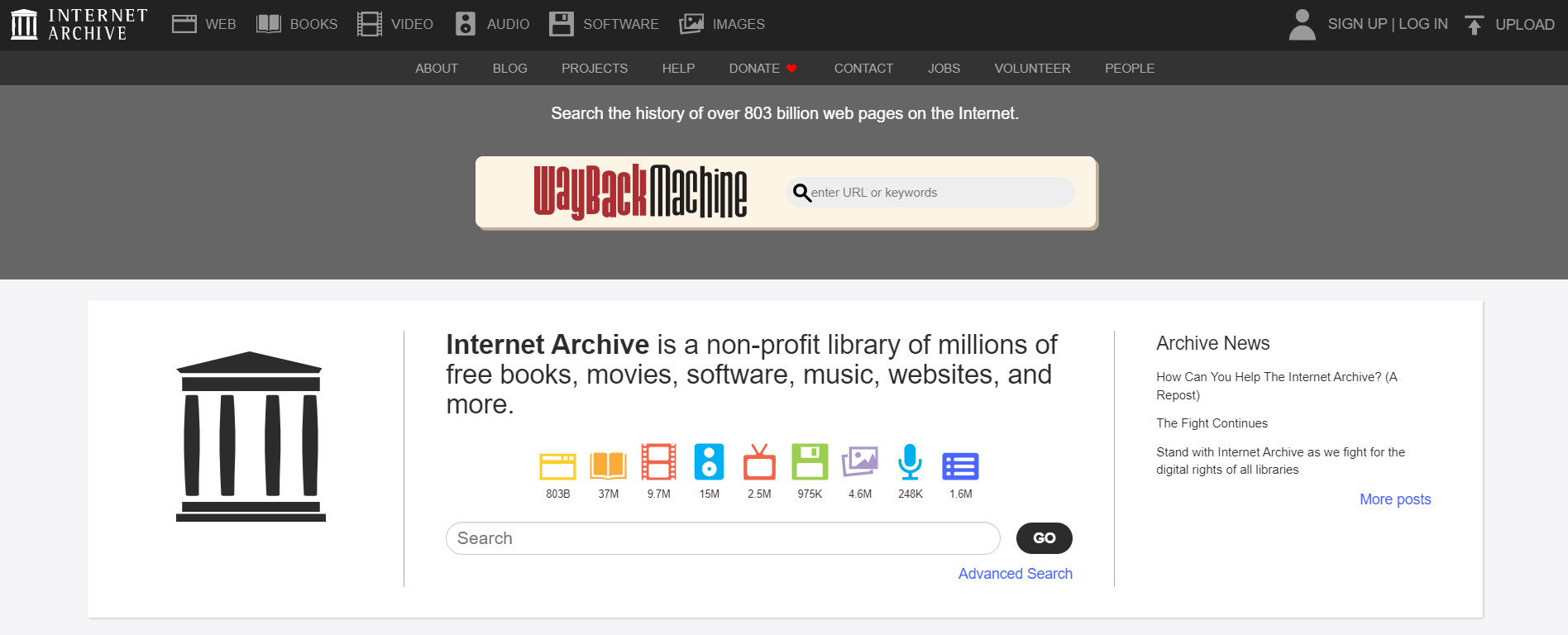
In the same year, Internet Archive, a non-profit digital library, teamed up with Arweave to create permanent snapshots of the Internet where users can access valuable data of old or otherwise non-functioning websites.
The takeaways
File storage on the cloud is crucial for society to function in the digital era. No longer should we carry around data in one device, as it’s becoming more common to work on-the-go on various devices.
The development of Arweave and all of its competitors also gave us more options to how we want to store data.
With greater power to choose, we are not dependent on mega Internet corporations, which in turn leads to a more competitive and efficient pricing.
How to buy Arweave (AR)?
What are your own thoughts on Arweave?
If you’re feeling bullish on Arweave and its innovations, consider adding the native AR tokens to your portfolio.
Here at Easy Crypto we provide over 160+ cryptocurrencies including AR. We are a non-custodial exchange, meaning we deliver your crypto orders directly to your wallet address where you hold the true ownership of your digital assets.

Invest in Arweave: Buy AR tokens with Easy Crypto.
Arweave (AR) is just one of hundreds of crypto assets that we provide here at Easy Crypto. Our collection also includes:
- Stablecoins
- NFT Tokens
- Metaverse Tokens
- DEX (Decentralised Exchanges)
- DeFi (Decentralised Finance)
- And many more.
Checkout our YouTube video guide on how to easily buy crypto with Easy Crypto!
Further reading: Learn all things crypto by exploring our Hub.
Share to
Stay curious and informed
Your info will be handled according to our Privacy Policy.
Make sure to follow our Twitter, Instagram, and YouTube channel to stay up-to-date with Easy Crypto!
Also, don’t forget to subscribe to our monthly newsletter to have the latest crypto insights, news, and updates delivered to our inbox.
Disclaimer: Information is current as at the date of publication. This is general information only and is not intended to be advice. Crypto is volatile, carries risk and the value can go up and down. Past performance is not an indicator of future returns. Please do your own research.
Last updated October 10, 2024



